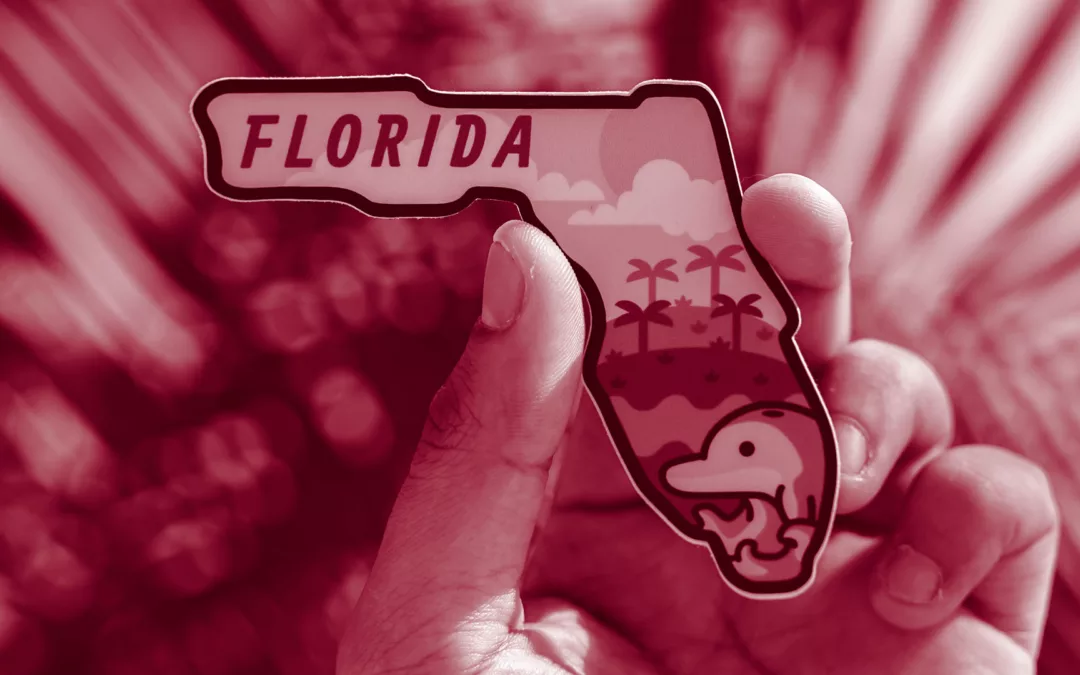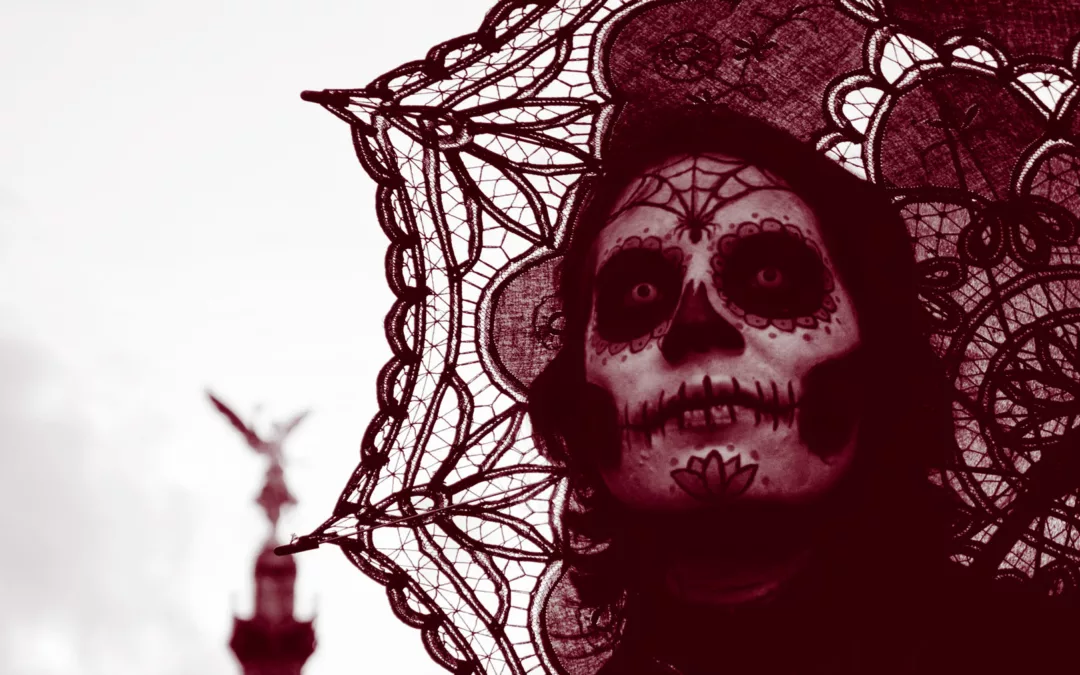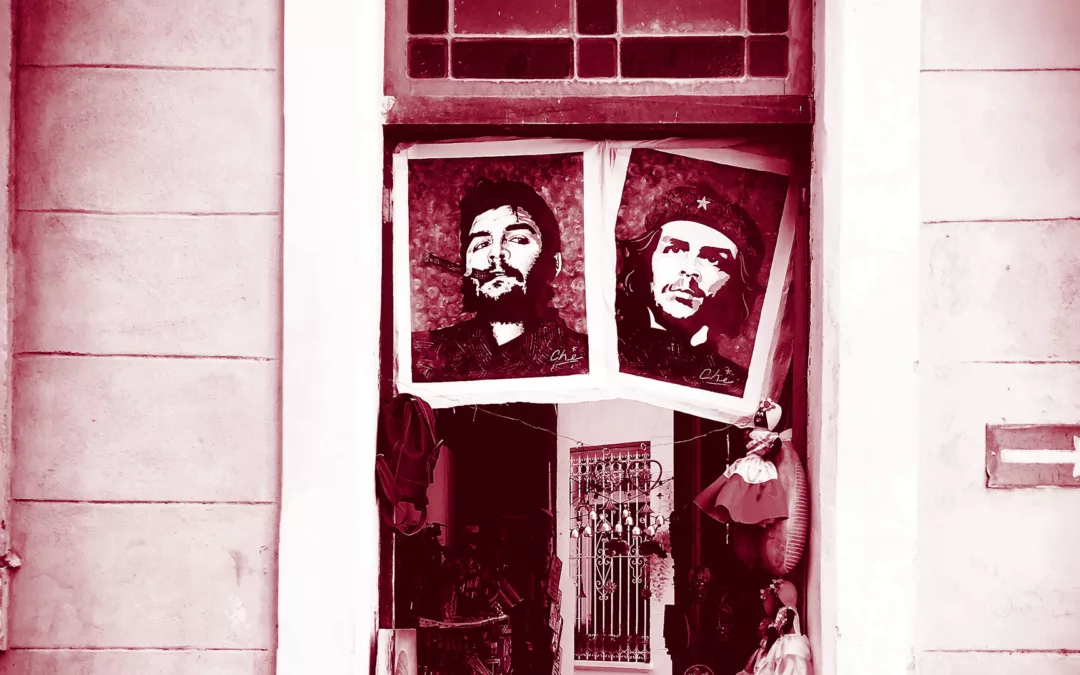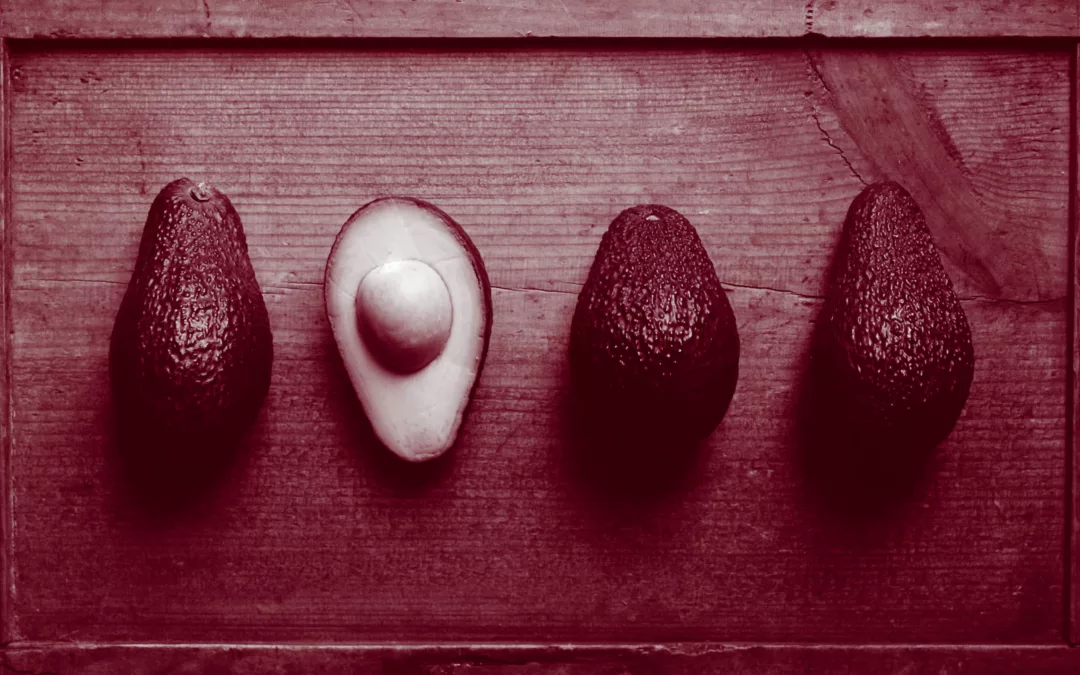13 Latin American Celebrations…and counting.
Latin American holidays are a vibrant and diverse array of celebrations that reflect the rich cultural heritage of Latin America and its diaspora. This list includes some of the most notable Latino holidays, but it’s important to note that different countries and communities may celebrate these holidays with varying customs and traditions.
Below is the succinct list and below it, we get into the details:
- Día de los Muertos – November 1st and 2nd
- Día de los Reyes Magos – January 6th
- Carnaval – Starts on the Friday before Ash Wednesday
- Cinco de Mayo – May 5th
- Noche de San Juan – June 23rd
- Inti Raymi – June 24th
- Día de la Independencia – September 15th for most of Central America
- Navidad – December 24th (this is a fact)
- Año Nuevo – December 31st
- Día de la Raza – October 12th
- Semana Santa – Starts on the week leading up to Easter
- La Fiesta de la Virgen de Guadalupe – December 12th
- Día Nacional de la Pachamama – August 1st
How Do Hispanic Families in the United States Celebrate American Thanksgiving?
American Thanksgiving is traditionally not a Hispanic holiday, rooted as it is in the history of early European settlers. Yet, many Hispanic families in the U.S. Have adopted this day of gratitude, creating unique celebrations that blend their rich cultural heritage with American customs.
A Fusion of Flavors and Traditions
Hispanic families often create a Thanksgiving feast that features both traditional American dishes and Hispanic culinary favorites.
- Classic American Dishes: Turkey and pumpkin pie usually make an appearance on the dinner table.
- Hispanic Delicacies: These are often accompanied by tamales, empanadas, or arroz con gandules, reflecting the diverse backgrounds of the celebrants.
A Multicultural Gathering
Thanksgiving for Hispanic families is more than just the food; it’s a celebration of togetherness and gratitude. Families gather to give thanks, share stories, and enjoy each other’s company.
- Family and Friends: The holiday becomes a multicultural gathering where relatives and friends come together, merging traditions and making new memories.
- Cultural Expressions: Music, dance, and other cultural expressions from their heritage are often incorporated into the day’s festivities, enriching the celebration further.
Highlighting Diversity
The way Hispanic families celebrate Thanksgiving highlights the broader multicultural tapestry of American society.
- Mixing Traditions: From blending varieties of dishes to incorporating elements of Hispanic festivities, these celebrations showcase the beautiful diversity that characterizes the nation.
- Reflecting Multiculturalism: This unique blend fosters an environment where different traditions coexist, illustrating America’s ability to embrace and integrate various cultural backgrounds.
By making Thanksgiving their own, Hispanic families in the United States enrich this American tradition, adding depth and diversity to the national celebration.
Día de los Muertos (Day of the Dead): Celebrated on November 1st and 2nd, this holiday honors deceased loved ones with altars, offerings, and gatherings at cemeteries. It’s widely celebrated in Mexico but also observed in other Latin American countries.
Día de los Reyes Magos (Three Kings’ Day): January 6th marks the celebration of the Three Wise Men who visited the baby Jesus. It is a significant holiday in many Latin American countries and often involves parades, gift-giving, and special foods like Rosca de Reyes.
Carnaval (Carnival): This pre-Lenten festival is celebrated with colorful parades, music, dance, and elaborate costumes. Brazil’s Carnival is world-famous, but many other Latin American countries, such as Colombia, Mexico, and Uruguay, also have their own unique celebrations.
In Rio de Janeiro, Brazil, Carnaval features elaborate samba parades, dazzling costumes, and intricate floats that showcase the city’s rich culture and the rhythmic pulse of samba music. The streets come alive with energy and color, making it one of the most iconic Carnaval celebrations worldwide.
Venice, Italy hosts the Carnevale di Venezia, renowned for its elaborate masks that bring an air of mystique and elegance to the event. The historic city becomes a backdrop for opulent balls, parades, and theatrical performances, all steeped in tradition.
In Trinidad and Tobago, the Trinidad Carnival is a vibrant fusion of African, Indian, and European influences. Celebrated with energetic calypso and soca music, it features colorful costumes and lively dance competitions, reflecting the island’s diverse cultural heritage.
These celebrations, along with countless others worldwide, exemplify the spirit of Carnaval as a time for communities to come together, express their creativity, and revel in the joyous, collective spirit of the festivities.
Cinco de Mayo: Though more widely celebrated in the United States, Cinco de Mayo commemorates the Mexican army’s victory over the French at the Battle of Puebla on May 5th, 1862. It’s a day of Mexican pride and heritage.
In Mexico, the day symbolizes Mexican resilience and the defense of their sovereignty. While not a federal holiday, it is celebrated with local events, including military parades and reenactments of the Battle of Puebla, especially in the state of Puebla where the battle occurred.
In the United States, Cinco de Mayo has taken on a broader significance as a vibrant celebration of Mexican culture and identity. Festivities typically include:
- Parades: Colorful processions featuring traditional costumes and floats.
- Music and Dance: Performances of mariachi bands and folklorico dancers.
- Cuisine: Enjoyment of traditional Mexican foods such as tacos, enchiladas, and beverages like margaritas.
- Community Events: Various cultural events and festivals that honor Mexican heritage.
This day serves as a joyous occasion to appreciate and celebrate the rich cultural contributions of the Mexican community.
Noche de San Juan (St. John’s Eve): Celebrated on June 23rd, the eve of St. John the Baptist’s feast day, this holiday includes bonfires, dancing, and rituals believed to bring good luck and purify the soul.
During Noche de San Juan, bonfires are a central element, symbolizing the sun’s power and purification. People gather on beaches, riverbanks, and public squares to light these bonfires. It’s a tradition for individuals to leap over the flames, an act believed to bring good luck and ward off evil spirits.
The celebrations are not just limited to fire rituals. Traditional music and dancing fill the air, creating an atmosphere of joy and communal bonding. Special foods and drinks, such as queso de San Juan (a type of cheese) and herb-infused beverages, are enjoyed by many, adding to the festive spirit.
Noche de San Juan is a rich tapestry of Christian and ancient pagan traditions. It’s a celebration of light, renewal, and the enduring spirit of community, making it one of the most captivating and cherished Hispanic holidays.
Inti Raymi: Held on June 24th in Peru, Inti Raymi is an ancient Incan festival celebrating the winter solstice and the sun god, Inti. It includes colorful ceremonies and reenactments.
Día de la Independencia (Independence Day): Each Latin American country has its own Independence Day, commemorating its liberation from Spanish colonial rule. Dates vary, with some examples being September 15th (Costa Rica, El Salvador, Guatemala, Honduras, Nicaragua) and September 16th (Mexico).
Día de la Independencia is celebrated with grand parades, patriotic displays, and cultural events across the Hispanic world. For instance, in Mexico, the day is marked with colorful processions, fireworks, and the iconic ‘Grito de Dolores,’ a reenactment of Miguel Hidalgo’s call for independence in 1810. In Colombia, the festivities occur on July 20th and feature military parades and folkloric performances.
These celebrations serve as a powerful reminder of the enduring spirit of freedom, unity, and national pride, highlighting the rich cultural heritage and the collective memory of the struggle for independence in each country.
Navidad (Christmas): Christmas in Latin America is a festive and religious holiday, often beginning with celebrations on December 16th, known as Las Posadas, and culminating on December 24th and 25th with feasting, music, and religious ceremonies.
What Are the Traditions of Las Posadas in Mexico?
Las Posadas, a cherished Mexican Christmas tradition, captures the heart and soul of the holiday season. This nine-day celebration kicks off on December 16th and concludes on December 24th, mirroring Mary and Joseph’s quest for lodging in Bethlehem.
Evening Processions
Each night, you’ll find groups of participants moving from house to house in a lively procession. They sing traditional songs while carrying images of Mary and Joseph, reenacting their search for shelter. At every stop, the group is symbolically declined entry until they reach the designated home or ‘inn’ where they are warmly received.
Symbolic Hospitality
The welcoming house usually offers a festive atmosphere complete with a piñata, an array of delicious foods, and spirited hospitality. This moment of acceptance signifies the end of the journey and the start of lively celebrations.
Sense of Community
Las Posadas is more than just a religious commemoration. It nurtures community spirit, generosity, and togetherness, making it a deeply meaningful and joyful tradition. Families and friends come together, bridging gaps and reinforcing social bonds.
Festive Food and Activities
Expect to indulge in Mexican culinary delights such as tamales, ponche (a fruit punch), and other seasonal treats. Breaking the piñata is a highlight, especially for children, symbolizing joy and good fortune.
This profound mix of faith, community, and festivity makes Las Posadas a beloved tradition that extends its warmth and charm beyond Mexico’s borders, captivating hearts everywhere.
Año Nuevo (New Year): New Year’s Eve and New Year’s Day are celebrated with various traditions, including wearing specific colors for good luck and engaging in rituals like eating 12 grapes at midnight.
Día de la Raza (Day of the Race): Celebrated on October 12th, this holiday commemorates the encounter of cultures following Christopher Columbus’s arrival in the Americas.
Celebrating Semana Santa in Spain and Latin America
Semana Santa, also known as Holy Week, is a vibrant and deeply spiritual celebration observed throughout Spain and Latin America. This festival amalgamates indigenous traditions and Spanish influences to create a unique cultural experience.
Colorful Processions
One of the most striking features of Semana Santa is the elaborate processions that take place across cities and towns. Participants often dress in traditional religious attire, including hooded cloaks and long robes. They march along the streets, carrying intricately decorated floats (or “pasos”) that depict scenes from the Passion of Christ.
Intricate Street Carpets
In certain countries like Guatemala, locals take pride in creating elaborate street carpets made from colored sawdust, flower petals, and other organic materials. These “alfombras” showcase stunning designs and are often crafted overnight, only to be walked over by processions the next day. They are a true testament to both artistry and devotion.
Faithful Reenactments
Reenacting biblical scenes is another hallmark of Semana Santa. These live performances allow communities to relive the events leading up to the crucifixion and resurrection of Jesus Christ. Participants take on roles of key biblical figures, offering a vivid and emotional portrayal of these significant religious events.
Key Features
- Blend of Indigenous and Spanish Traditions: Reflects a harmonious mix of both cultures.
- Elaborate Floats: Intricately decorated and carried through the streets by devoted participants.
- Street Carpets: Made from colored sawdust and flowers, showcasing impressive craftsmanship.
- Biblical Reenactments: Engaging performances that bring religious stories to life.
In summary, Semana Santa is a deeply cultural and visually stunning festival that connects communities through shared religious beliefs and artistic expressions. Whether through colorful street processions in Spain or intricate sawdust carpets in Guatemala, the celebrations offer a profound glimpse into the melding of old and new traditions.
La Fiesta de la Virgen de Guadalupe: Celebrated on December 12th, this religious holiday is one of the most important in Mexico and honors the Virgin Mary, specifically her appearance to the indigenous peasant Juan Diego in 1531, who wasn’t canonized until July 31, 2002, by Pope John Paul II.
Día Nacional de la Pachamama: Celebrated on August 1st in Argentina and other Andean countries, this holiday pays homage to Pachamama, the goddess of Mother Earth, with offerings and rituals.
What is Fiesta de la Candelaria and How is it Celebrated?
Fiesta de la Candelaria, or Candlemas, is a notable holiday celebrated across Latin America, particularly in Mexico and Peru. This vibrant festival, which occurs on February 2nd, commemorates the presentation of Jesus at the Temple and the purification of the Virgin Mary, events rooted in Christian tradition. However, the celebration is a unique blend of indigenous rituals and Catholic practices, showcasing the rich cultural tapestry of the region.
Key Traditions and Customs
- Elaborate Statues:
- One of the hallmark customs involves dressing statues of the Virgin Mary and Child Jesus in intricate traditional outfits. These garments are often handmade, reflecting a deep sense of craftsmanship and devotion.
- Processions:
- The beautifully adorned statues are carried through the streets in vibrant processions. These parades are lively, featuring a mix of music, dance, and community participation.
- Street Festivals:
- Accompanying the processions, street festivals spring to life. These events are filled with music, dancing, and local foods, creating an atmosphere of joy and unity.
- Religious Ceremonies:
- Attendees often participate in special Masses and other religious ceremonies that reflect the day’s spiritual significance.
In summary, Fiesta de la Candelaria is a multifaceted celebration that harmonizes religious reverence with cultural exuberance, making it a standout event in the Latin American festive calendar.
How is the Guelaguetza Festival Celebrated in Oaxaca, Mexico?
The Guelaguetza Festival, or “Fiesta de la Guelaguetza,” is a vibrant cultural event held annually in Oaxaca, Mexico, usually in late July. This key celebration showcases the region’s rich indigenous heritage through a kaleidoscope of activities and traditions.
Cultural Performances
One of the highlights of the festival is the array of traditional dance performances. Dancers from various indigenous communities don elaborate, colorful costumes, each representing their unique cultural identity. The dances are often accompanied by live music, characterized by traditional instruments and rhythms.
Artisanal Displays
Artisans from across Oaxaca come to the festival to display their crafts. Visitors can admire and purchase handmade items ranging from woven textiles to intricate pottery. These crafts are not only beautiful but also serve as a window into the indigenous cultures’ craftsmanship and artistic expression.
Traditional Foods
Guelaguetza is also a feast for the senses when it comes to food. Traditional Oaxacan cuisine, such as mole, tlayudas, and tamales, is abundantly available. Street vendors and local eateries offer these delicious dishes, giving festival-goers a taste of the region’s culinary heritage.
Parades and Street Fairs
Throughout the festival, the streets of Oaxaca are filled with parades and fairs. These parades feature floats adorned with regional symbols and dancers who often engage with the crowd. Street fairs offer additional opportunities to experience local music, food, and crafts in a more informal setting.
Purpose and Impact
At its core, the Guelaguetza Festival aims to preserve and promote the diverse traditions of Oaxaca’s indigenous communities. By bringing together these communities and showcasing their unique cultural expressions, the festival not only fosters a sense of pride among locals but also attracts visitors from around the world, making it a significant cultural event on an international scale.
In summary, the Guelaguetza Festival is an immersive celebration featuring traditional dances, artisanal crafts, delicious food, and lively parades. It serves as both a cultural preservation effort and a vibrant attraction for visitors, providing a deep dive into the rich indigenous traditions of Oaxaca, Mexico.
There are many more holidays, religious, non-official, and specific to even regions of certain countries in Latin America.
Use this list as a starting point to learn more about the origins of their celebrations and how your brand can add value to their festivities and sense of community, but not just for the sake of selling to them.
Tell us in the comments which ones you’d like to see added to the growing list.






Recent Comments